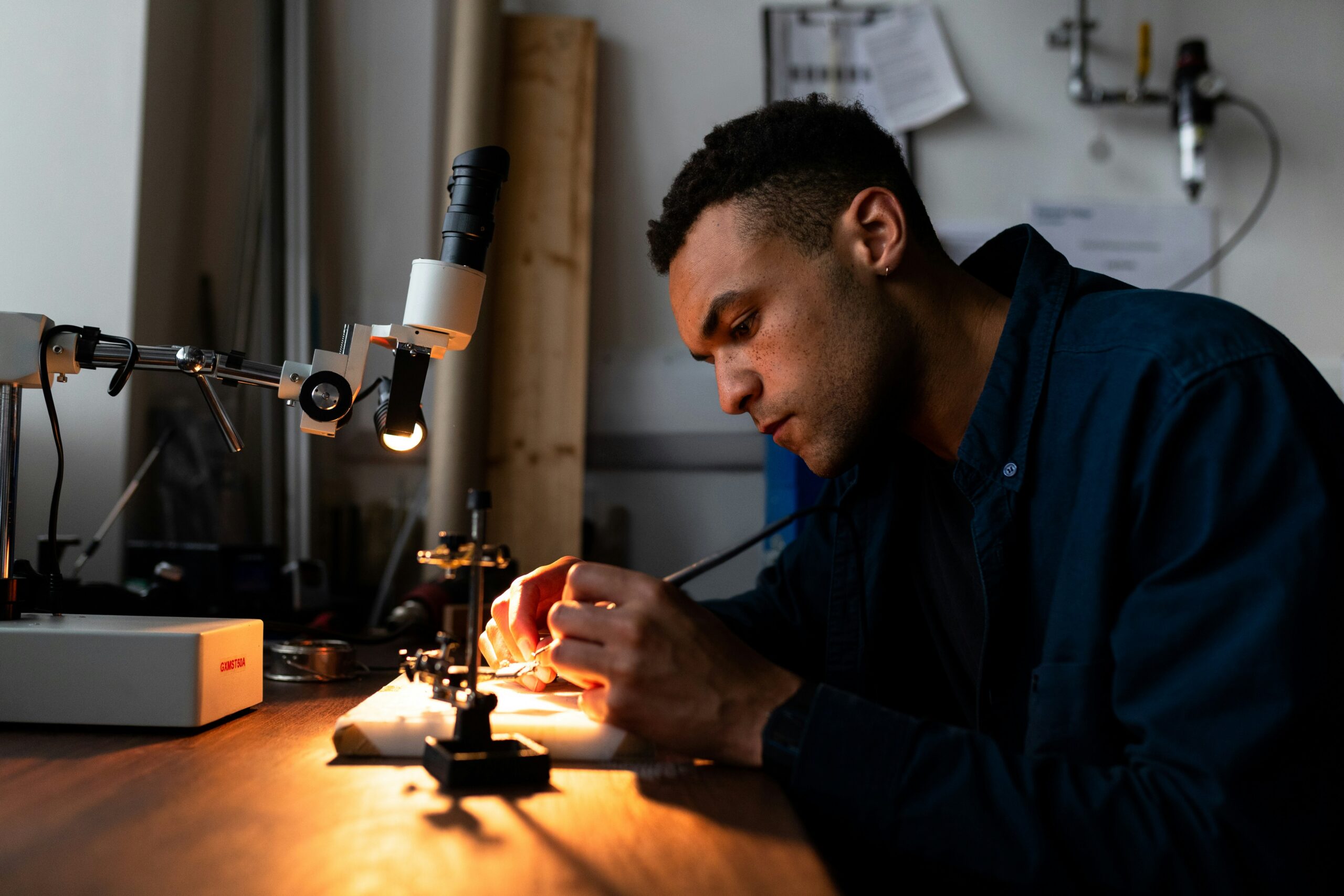
Incorporate open source hardware into Patent and Trademark Office search locations for prior art
Increasingly, scientific innovations reside outside the realm of papers and patents. This is particularly true for open source hardware — hardware designs made freely and publicly available for study, modification, distribution, production, and sale. The shift toward open source aligns well with the White House’s 2023 Year of Open Science and can advance the accessibility and impact of federally funded hardware. Yet as the U.S. government expands its support for open science and open source, it will be increasingly vital that our intellectual property (IP) system is designed to properly identify and protect open innovations. Without consideration of open source hardware in prior art and attribution, these public goods are at risk of being patented over and having their accessibility lost.
Organizations like the Open Source Hardware Association (OSHWA) — a standards body for open hardware — provide verified databases of open source innovations. Over the past six years, for example, OSHWA’s certification program has grown to over 2600 certifications, and the organization has offered educational seminars and training. Despite the availability of such resources, open source certifications and resources have yet to be effectively incorporated into the IP system.
We recommend that the United States Patent and Trademark Office (USPTO) incorporate open source hardware certification databases into the library of resources to search for prior art, and create guidelines and training to build agency capacity for evaluating open source prior art.
Details
Innovative and important hardware products are increasingly being developed as open source, particularly in the sciences, as academic and government research moves toward greater transparency. This trend holds great promise for science and technology, as more people from more backgrounds are able to replicate, improve, and share hardware. A prime example is the 3D printing industry. Once foundational patents in 3D printing were released, there was an explosion of invention in the field that led to desktop and consumer 3D printers, open source filaments, and even 3D printing in space.
For these benefits to be more broadly realized across science and technology, open source hardware must be acknowledged in a way that ensures scientists will have their contributions found and respected by the IP system’s prior art process. Scientists building open source hardware are rightfully concerned their inventions will be patented over by someone else. Recently, a legal battle ensued from open hardware being wrongly patented over. While the patent was eventually overturned, it took time and money, and revealed important holes in the United States’ prior art system. As another example, the Electronic Frontier Foundation found 30+ pieces of prior art that the ArrivalStar patent was violating.
Erroneous patents can harm the validity of open source and limit the creation and use of new open source tools, especially in the case of hardware, which relies on prior art as its main protection. The USPTO — the administrator of intellectual property protection and a key actor in the U.S. science and technology enterprise — has an opportunity to ensure that open source tools are reliably identified and considered. Standardized and robust incorporation of open source innovations into the U.S. IP ecosystem would make science more reproducible and ensure that open science stays open, for the benefits of rapid improvement, testing, citizen science, and general education.
Recommendations
We recommend that the USPTO incorporate open source hardware into prior art searches and take steps to develop education and training to support the protection of open innovation in the patenting process.
- USPTO should add OSHWA’s certification – a known, compliant open source hardware certification program – to its non-patent search library.
- USPTO should put out a request for information (RFI) seeking input on (a) optimal approaches for incorporating open source innovations into searches for prior art, and (b) existing databases, standards, or certification programs that can/should be added to the agency’s non-patent search library.
- Based on the results of the RFI, USPTO’s Scientific and Technical Information Center should create guidelines and educational training programs to build examiners’ knowledge and capacity for evaluating open source prior art.
- USPTO should create clear public guidelines for the submission of new databases into the agency’s prior art library, and the requirements for their consideration and inclusion.
Incorporation of open hardware into prior art searches will signify the importance and consideration of open source within the IP system. These actions have the potential to improve the efficiency of prior art identification, advance open source hardware by assuring institutional actors that open innovations will be reliably identified and protected, and ensure open science stays open.
Advancing the U.S. leadership in emerging biotechnology is a strategic imperative, one that will shape regional development within the U.S., economic competitiveness abroad, and our national security for decades to come.
Inconsistent metrics and opaque reporting make future AI power‑demand estimates extremely uncertain, leaving grid planners in the dark and climate targets on the line
As AI becomes more capable and integrated throughout the United States economy, its growing demand for energy, water, land, and raw materials is driving significant economic and environmental costs, from increased air pollution to higher costs for ratepayers.
Preempting all state regulation in the absence of federal action would leave a dangerous vacuum, further undermining public confidence in these technologies.